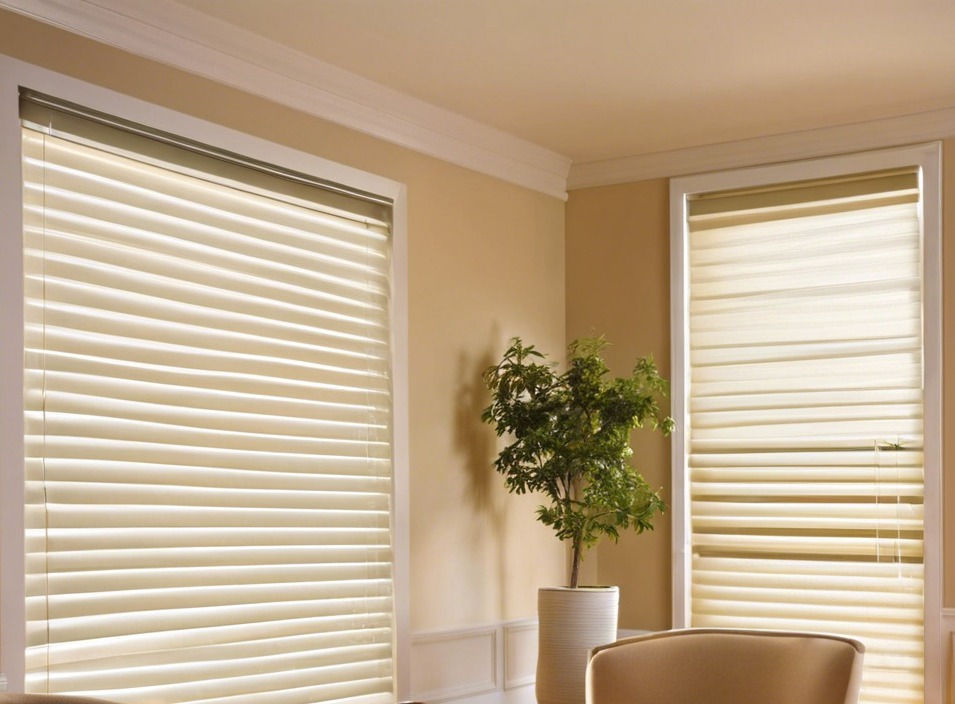
Valencia College
Testing and Results
High-Level Requirement #1:
The system shall control a 2” blinds based on the incident light on the window and the ambient light in the room.
The blinds housing was placed in a window, and the auto mode was activated from 9:30 AM to 10:30 AM the next day, with the preset lux range set to 201-300 lux.
During the test period, the weather was stormy and cloudy, resulting in minimal movement of the blinds. This minimal movement was due to the lux reading of the room prior to the trial, being 177 lux, which was slightly below the intended range. Throughout the 24-hour trial, periodic lux measurements were taken. Although these periodic measurements were not visible in the time-lapse video, the measured lux values remained under 215 lux. Out of the four measurements taken, one dropped below 200 lux due to insufficient light. The system automatically closed the blinds as it got progressively darker outside, when the outside lux fell below 5 lux, as intended. This behavior continued throughout the night until the morning when the outside light levels increased.
*Note: In the 24-hour test, the blinds were initially set to Manual mode in order to test the functionality of blinds and making sure all modules were detected in the system after installing the blinds in the window. After confirming the setup is operating as intended, the blinds were set to AUTO mode with lux range: 200 - 300 lux (Default AUTO mode setting).
High-Level Requirement #2:
The system shall be easily customizable via a phone app, incorporating the following modes: Auto, Manual, and Custom.
Manual Mode:
The manual mode of the system was evaluated through ten test trials to verify the reliability of controlling the blinds via the phone app. Each trial involved adjusting the blinds to a specified angle from various starting positions. The goal was to ensure that the blinds accurately moved to the intended angle as specified by the user.
All ten trials were successfully passed, demonstrating the system's ability to reliably adjust the blinds to the desired angle using the manual mode. The results showed consistent performance, with the blinds reaching the intended angle in each trial. For example, in Trial 1, the blinds moved from a starting angle of 0 degrees to the intended angle of 180 degrees, ending precisely at 180 degrees. Similarly, in Trial 6, the blinds adjusted from 140 degrees to 60 degrees, successfully reaching the target position. This consistent accuracy was observed across all trials.
Custom Mode:
The custom mode of the system was evaluated through ten test trials to verify the reliability of controlling the blinds via the phone app. Each trial involved adjusting the blinds to a specified angle within a designated window of time, starting from various initial positions. The goal was to ensure the blinds accurately moved to the intended angle as specified by the user through the app.
All ten trials successfully passed, demonstrating the system's ability to adjust the blinds to the desired angle within the allotted time frame. The results showed consistent performance, with the blinds reaching the intended angle in each trial. For instance, in Trial 1, the blinds moved from a starting angle of 0 degrees to the intended angle of approximately 20 degrees within the specified time window, ending at approximately 20 degrees. Similarly, in Trial 6, the blinds adjusted from 80 degrees to 0 degrees within the designated time, successfully reaching the target position. This pattern of accurate adjustments within the given time frame was observed across all trials, highlighting the effectiveness of the custom mode.


All components assembled inside the blinds and a quick test was conducted using Manual and Custom modes:
High-Level Requirement #3:
The system shall incorporate a battery capable of being recharged.
The battery is rechargeable, but due to its increased capacity, it cannot be fully recharged within the previously mentioned 6–8 hour timeframe. Instead, it takes approximately 14 hours to charge from fully drained to full capacity.
Our 10000mAh battery was charged with about 6300mAh in 10.5 hours. The final 60% of the battery's capacity accounts for 75% of the total charge time (T). Through some simple calculations, we determined the final charge time (t_final) and the initial charge time (t_initial). These calculations can be seen below:




Low-Level Requirement #1:
The system shall incorporate a solar panel to provide supplementary energy for the battery.
A USB power meter was used to measure the power produced by the solar panel. Placed in direct sunlight through a window, the panel generated 459 mWh. However, when the view was obstructed, it generated only 50 mWh. We confirmed that the system was receiving this power as indicated by the charge light on the charge controller.


Sunlight is directly on solar panel (max reading)
Sunlight is directly on solar panel (min reading)

Sunlight is partially hitting solar panel (roof is blocking sunlight)

Direct Sunlight is blocked by the roof to solar Panel